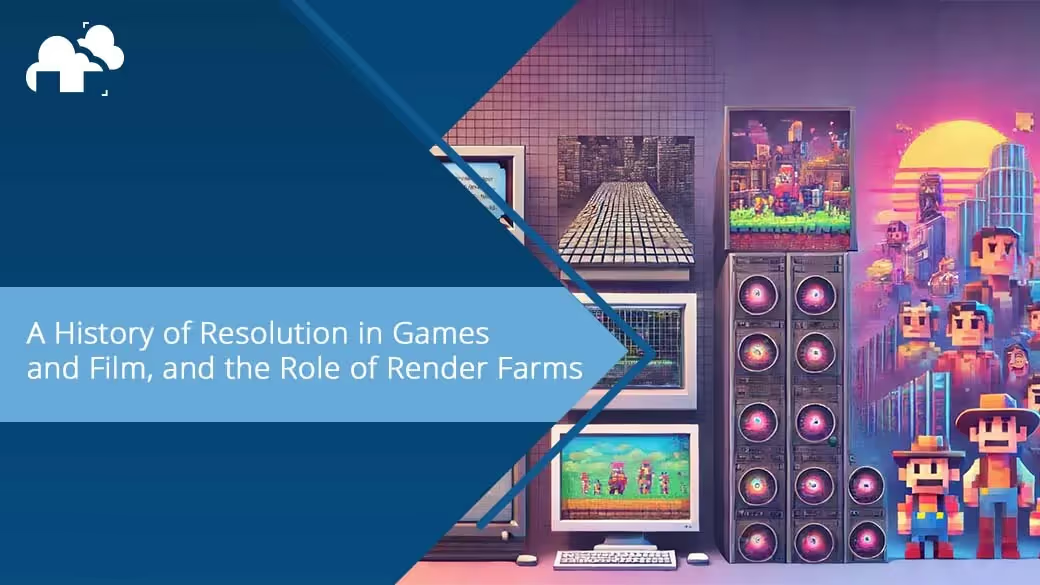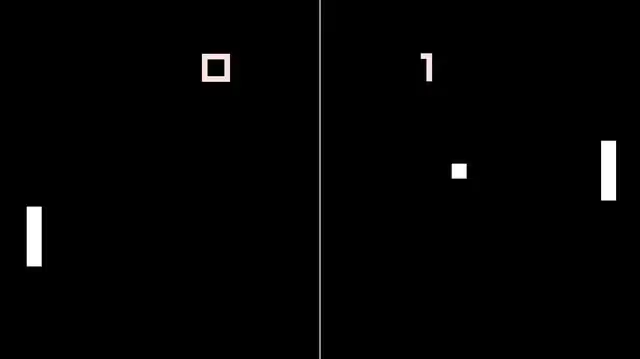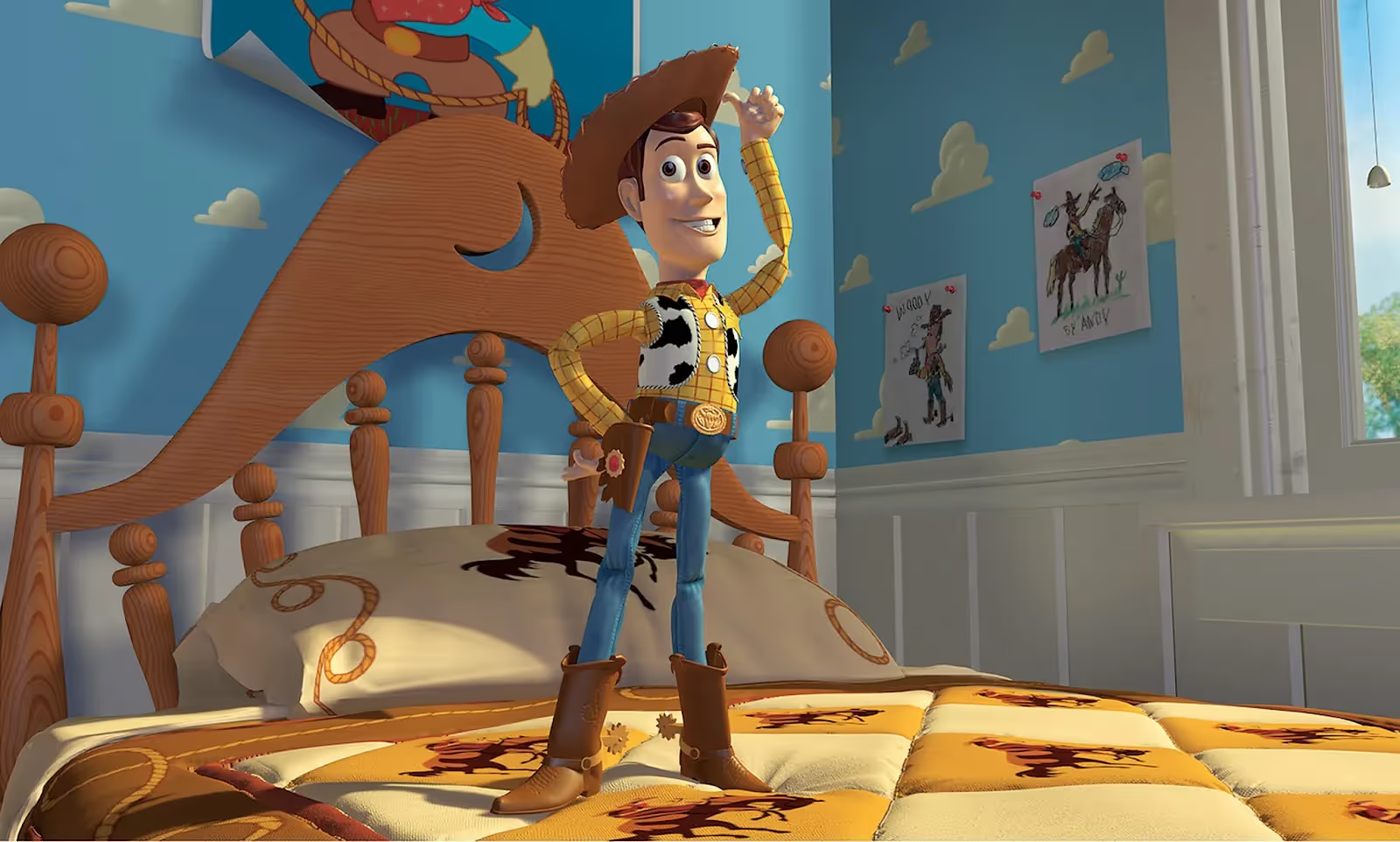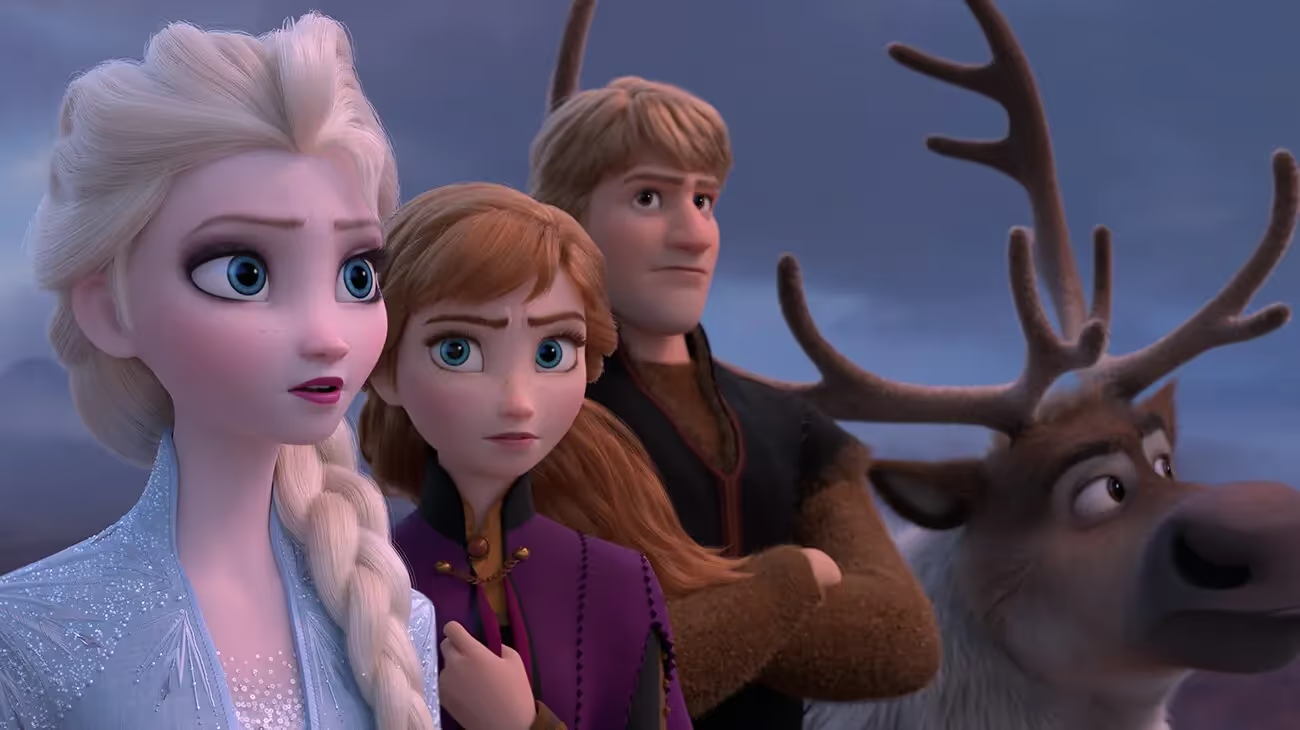
Animation has come a long way from the pixelated simplicity of early video games to the stunning clarity of 4K and beyond. This evolution has been driven by technological advancements, artistic ambitions, and the ever-increasing demand for higher-quality visual experiences. In this article, we'll explore the history of resolution standards in animation, discuss how higher resolutions impact rendering times and artistic choices, and examine the critical role of render farms in making high-resolution animation feasible.
In the early days of animation, resolution was a significant limiting factor. The hardware capabilities of early computers and game consoles restricted the number of pixels that could be displayed on the screen. Early video games like Pong (1972) and Space Invaders (1978) featured blocky, pixelated graphics with resolutions often as low as 160x200 pixels.

These limitations didn't just affect the visual quality; they also influenced artistic choices. Designers had to work within tight constraints, using large, chunky pixels to create recognizable shapes and forms. The result was a distinctive, minimalist aesthetic that still holds nostalgic value today.
As technology advanced, so did the capabilities of animation software and hardware. The late 1980s and early 1990s saw the advent of 16-bit and 32-bit graphics, allowing for more detailed and colorful images. Games like Sonic the Hedgehog (1991) and Super Mario World (1990) showcased the potential of higher resolutions, with smooth animations and more intricate backgrounds.

The introduction of CD-ROMs and more powerful processors in the mid-1990s further pushed the boundaries. Animators could now create more complex scenes with higher resolutions, leading to the rise of iconic titles like Final Fantasy VII (1997) and The Legend of Zelda: Ocarina of Time (1998). These games featured pre-rendered backgrounds and cutscenes that took advantage of the increased storage and processing power.
The transition to high-definition (HD) marked a significant milestone in the history of animation. With resolutions of 1280x720 pixels (720p) and 1920x1080 pixels (1080p), HD allowed for unprecedented levels of detail and realism. This leap was not just about clarity; it also opened up new possibilities for artistic expression.
Animated films like Toy Story (1995) and Shrek (2001) showcased the potential of HD, with rich textures, lifelike characters, and immersive environments. The move to HD also impacted television animation, with shows like Avatar: The Last Airbender (2005) and The Simpsons adopting higher resolutions to enhance visual quality.

The advent of 4K (3840x2160 pixels) and even 8K (7680x4320 pixels) resolutions has pushed the boundaries of what is possible in animation. With four times the resolution of 1080p, 4K provides an astonishing level of detail, making every frame a visual masterpiece. This has been particularly impactful in 3D animated feature films, where the demand for high-quality visuals is paramount.
Movies like Frozen II (2019) and Toy Story 4 (2019) leverage 4K resolution to deliver breathtaking imagery, from the intricate details of characters' clothing to the vast, immersive landscapes. For animators, this means a greater emphasis on detail-oriented work, requiring meticulous attention to textures, lighting, and shading.

For Digital 3D, higher resolutions bring undeniable benefits, but they also come with a significant drawback: increased rendering times. Rendering a single frame at 4K resolution can take hours, depending on the complexity of the scene and the power of the rendering hardware. For feature-length films, this translates to months of rendering time, even with the most advanced equipment.
To mitigate these challenges, studios often rely on render farms—vast networks of high-performance computers dedicated to rendering animation frames. Render farms distribute the rendering workload across hundreds or thousands of machines, significantly speeding up the process. Services like GarageFarm.NET offer scalable solutions, enabling animators to render complex scenes quickly and cost-effectively.

The decision to render at higher resolutions is not always straightforward. While the visual benefits are clear, the added costs and time must be justified. Here are some factors to consider:
Audience and Display
If the animation is intended for large screens, such as in theaters or high-end home theaters, the benefits of higher resolution are more apparent. The increased detail and clarity enhance the viewing experience, making 4K or even 8K a worthwhile investment. Conversely, for content primarily viewed on smaller screens, such as mobile devices or standard-definition televisions, the advantages of higher resolution diminish.
Artistic Intent
The artistic goals of a project can also influence the decision. High-resolution rendering allows for greater detail and realism, which may be essential for certain styles of animation. For example, a hyper-realistic film or a project that relies heavily on detailed textures and intricate environments will benefit more from higher resolution than a stylized or minimalist piece.
Budget and Timeline
Budget constraints and project timelines are critical considerations. High-resolution rendering requires more powerful hardware, which can be expensive. Additionally, longer rendering times can delay project completion, impacting release schedules. In some cases, it may be more practical to render at a lower resolution and upscale using advanced algorithms, striking a balance between quality and cost.
Alternative Techniques
Advances in rendering technology offer alternative approaches to achieving high-quality visuals without the full costs of rendering at maximum resolution. Techniques such as adaptive sampling, denoising, and AI-based upscaling can enhance the perceived quality of lower-resolution renders. These methods allow for significant resource savings while still delivering impressive results.
The evolution of resolution standards in animation reflects the broader advancements in technology and artistic ambition. From the pixelated beginnings of early video games to the stunning clarity of 4K and beyond, each leap in resolution has opened new possibilities for storytelling and visual expression. However, higher resolutions come with increased rendering times and costs, making it essential to weigh the benefits against the practical considerations.
Render farms have made high-resolution rendering more feasible, distributing the workload across vast networks of computers. Yet, the decision to render at higher resolutions should be guided by the intended audience, artistic goals, budget, and available technology. By balancing these factors, animators can continue to push the boundaries of what is possible, creating ever more immersive and visually stunning experiences.